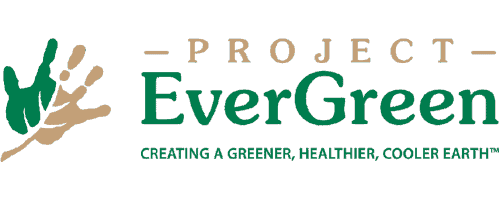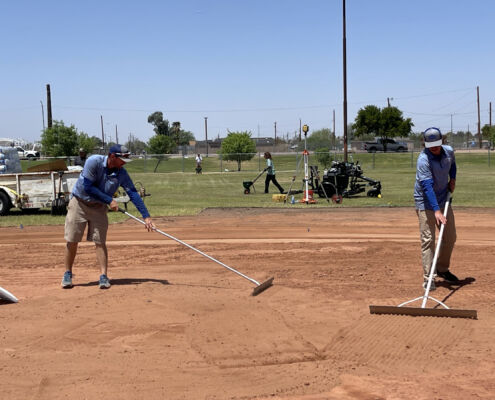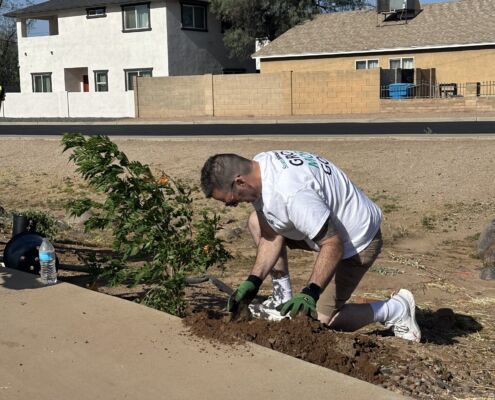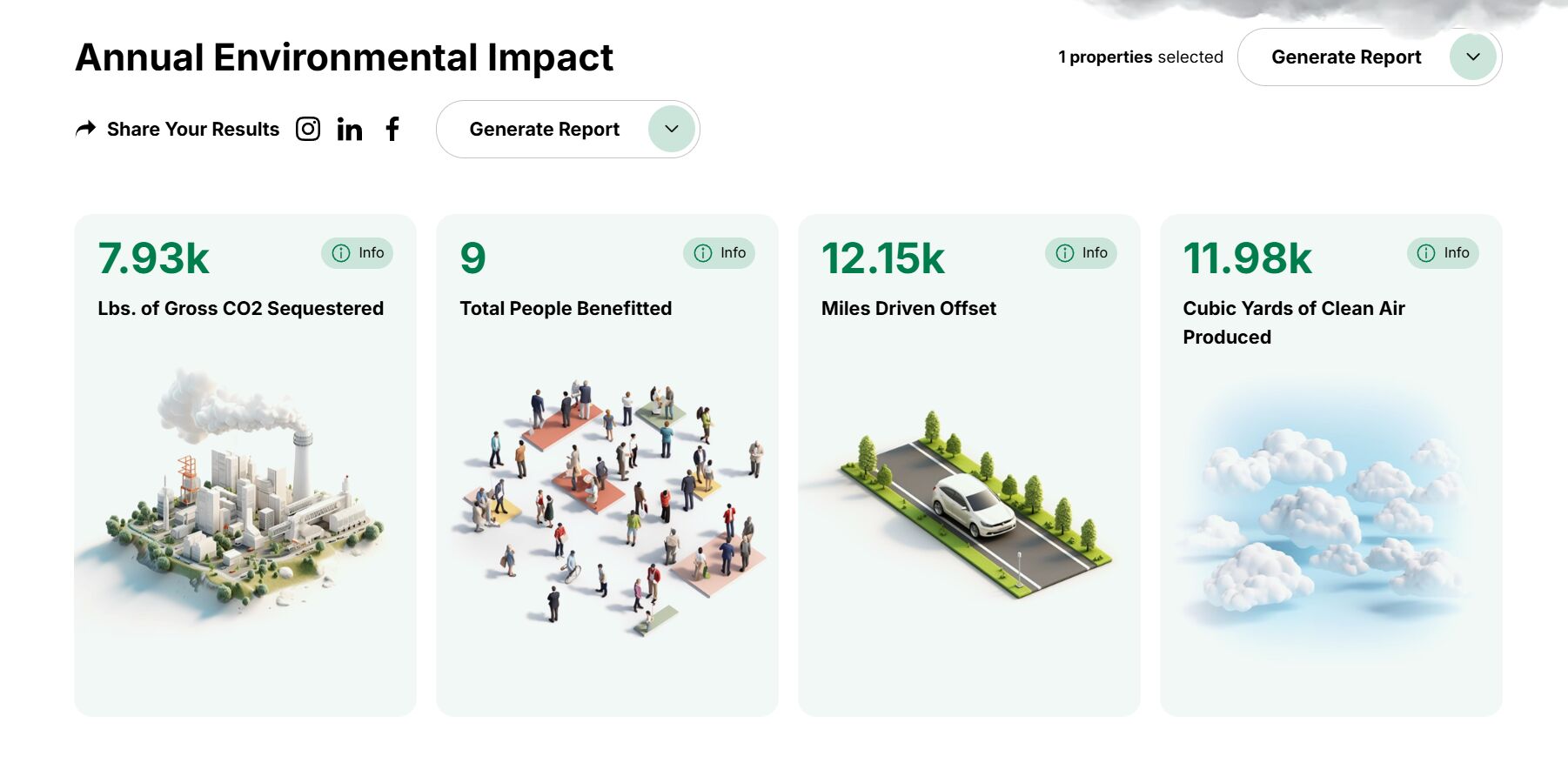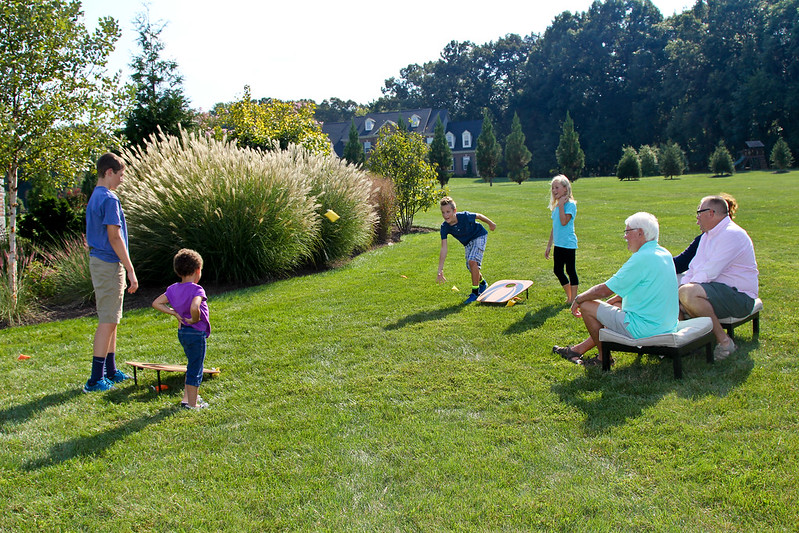Phoenix Park Sees Phase II of Renovation Completed
Project EverGreen and ScottsMiracle-Gro Expand Green Spaces at Heat-stressed Phoenix Park
Project EverGreen and ScottsMiracle-Gro launched the second phase of a major renovation at Barrios Unidos Park that includes planting of trees, grass and native plants.
This transformative effort, part of Project Evergreen’s GreenCare for Communities initiative and funded by ScottsMiracle-Gro, aims to bring cooling green spaces and improved recreational opportunities to one of Phoenix’s most heat-stressed neighborhoods. Located near Sky Harbor Airport, the park is in a dense urban heat island with some of the highest summer temperatures in Phoenix. The city of Phoenix and Arizona Sports Field Management Association have partnered on the initiative.
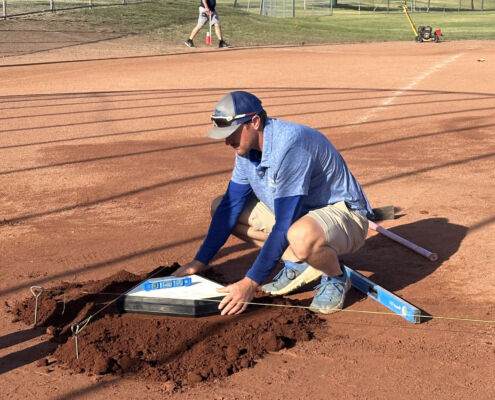
The first phase, completed in fall 2024, involved planting 50 mature shade trees, including Southern Live Oak and Evergreen Elms, and expansion of the irrigation system to maintain the new trees, to help reduce temperatures and provide environmental benefits.
The second phase was completed on May 14, 2025, and involves revitalizing the park’s softball field to make it safe, playable and inviting for community use. Work includes grading and grooming the infield, installing Bermudagrass sod around the lip of the infield, applying topsoil and conditioner, and replacing bases and pitching components. The outfield will be reseeded with drought-tolerant bermudagrass seed. Eighty native plants will add color to the park.
The total project value of both phases is $150,000 and also relies on donated materials, labor and equipment from green industry professionals and volunteers.
These upgrades enhance the park as a whole. Green spaces are the lungs of a city. The grass and trees at Barrios Unidos Park can sequester more than 250,000 pounds of carbon and produce more than 381,000 thousand yards of clean air for the community, according to Project EverGreen’s Clean Air Calculator. That’s the equivalent of removing the emissions of about 32 cars from this neighborhood every year.
“Green spaces are far more than an amenity. They are essential infrastructure that promote public health, environmental equity and stronger communities,” said Cindy Code, executive director of Project EverGreen. “This project demonstrates what can happen when passionate professionals and partners come together to create something lasting and meaningful for future generations.”
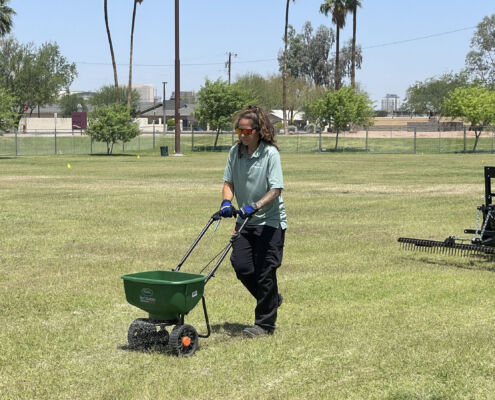
John Sass, senior vice president of Lawns for ScottsMiracle-Gro and chief creative officer for its Scotts and other brands, added, “Lawns and green spaces are where real life happens. They provide opportunities for people to gather, make connections and enjoy the outdoors in ways that enhance health and well-being. Just as importantly, they bring environmental and climate benefits in both the short and longer term.”
Why are Green Spaces Important to Phoenix?
Green spaces are particularly important to Phoenix, Arizona, for several reasons due to the city’s desert climate and rapid urbanization. Here are some key reasons why:
Heat Mitigation (Urban Heat Island Effect)
Phoenix experiences extremely high temperatures, especially during the summer months. The presence of green spaces—such as parks, gardens, and street trees—helps to reduce the urban heat island effect, where built-up areas are significantly warmer than surrounding rural areas. Plants cool the air through shade and the process of evapotranspiration, making the city more livable.
Air Quality Improvement
Green spaces contribute to better air quality by absorbing carbon dioxide and other pollutants while releasing oxygen. In a city like Phoenix, where dust and pollution levels can be high, this helps to improve public health and reduce respiratory issues.
Water Retention and Flood Control
Although Phoenix is in a desert, it can experience intense rain during the monsoon season. Green spaces help absorb rainwater, reducing the risk of flash floods. Additionally, they help recharge groundwater supplies by allowing water to seep into the ground rather than run off on impervious surfaces like asphalt and concrete.
Biodiversity and Ecosystem Support
Green spaces serve as critical habitats for local flora and fauna. In an urbanized and arid region, parks and green corridors allow for the preservation of native species, promoting biodiversity and maintaining ecosystems that might otherwise be lost to urban sprawl.
Mental and Physical Health Benefits
Access to green spaces is linked to improved mental and physical health. In Phoenix, where high temperatures can limit outdoor activity, well-planned parks and shaded areas encourage residents to engage in physical activities, reduce stress, and enhance overall well-being.
Social and Recreational Opportunities
Green spaces provide important venues for social interaction, community events, and recreational activities. Given Phoenix’s vast urban landscape, these areas offer residents a chance to connect with nature and with each other, fostering a sense of community.
Economic Benefits
Green spaces can also enhance property values and attract tourism, contributing to the local economy. A well-maintained park or garden can become a destination for residents and visitors alike, offering a reprieve from the desert environment and supporting local businesses.
In a city like Phoenix, where urban expansion can sometimes outpace natural preservation, green spaces play a crucial role in making the city more sustainable and habitable.
Project EverGreen’s Impact
Parks, lawns, landscapes and maintained green spaces help to mitigate temperature increases in communities and significantly reduce energy use and cooling costs. Project EverGreen’s GreenCare for Communities initiative has made a significant impact. Since 2008, Project EverGreen and its partners have renovated community parks and public green spaces totaling more than 200 million square feet of living green space.
